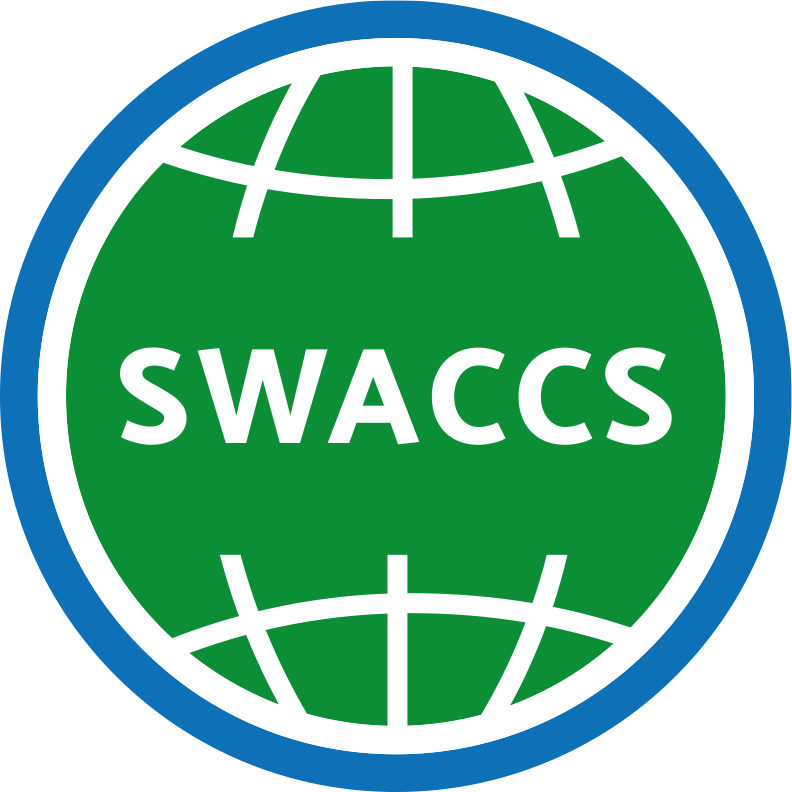SWACCS Seminar Series - October 2024
Green Chemistry for a sustainable world
Day: Wednesday, 16th October 2024
Time: 14:00- 15:00
Format: Zoom Meeting
https://liu-se.zoom.us/j/62740111252?pwd=DdBid8VjT3CUSL3GmRFwmw9u0n3LaF.1
Meeting ID: 627 4011 1252
Passcode: 824575
Speaker: Erica Zeglio, Assistant Prof. and WISE Fellow at the Department of Materials and Environmental Chemistry, Stockholm University
Title: Green Chemistry meets Organic Bioelectronics
Organic bioelectronics deals with the use of organic mixed ionic-electronic conductors to develop devices and systems that interact, integrate, or mimic biological functions. Applications range from biosensors, microsystems for drug delivery, neuromorphic computing, in vivo neuromodulation, etc. So, what green chemistry has to do with organic bioelectronics? I would say quite a lot! From the materials that we use to the processes needed for device fabrication and end of life; every single step uses or releases chemicals that can be benign or hazardous to the environment or to us. In this talk, I will provide an interdisciplinary outlook on the challenges and possible solutions towards the development of sustainable organic bioelectronics. I will also discuss our recent work aimed at addressing some of these challenges, from both the materials chemistry and fabrication perspective.
Speaker: Pedro J. Tortajada. Ph.D. student at the Department of Organic Chemistry, Stockholm University. (Martin-Matute research group)
Title: Electrochemical hydrogenation of C=C guided by Life Cycle, Safety and Toxicological assessments.
A method for the electrochemical hydrogenation of alkenes using nickel foam has been developed. The method combines the use of electrochemistry with simplicity of using commercial nickel foam and a solution of sulfuric acid in water to achieve the hydrogenation of more than 30 different substrates. The Life Cycle Assessment and the Safety and Toxicological assessment assisted the reaction optimization and evaluation and compared it with the classical Pd/C and H2 gas method, with the goal of improving the environmental impact and reduce hazard for C=C hydrogenations.
